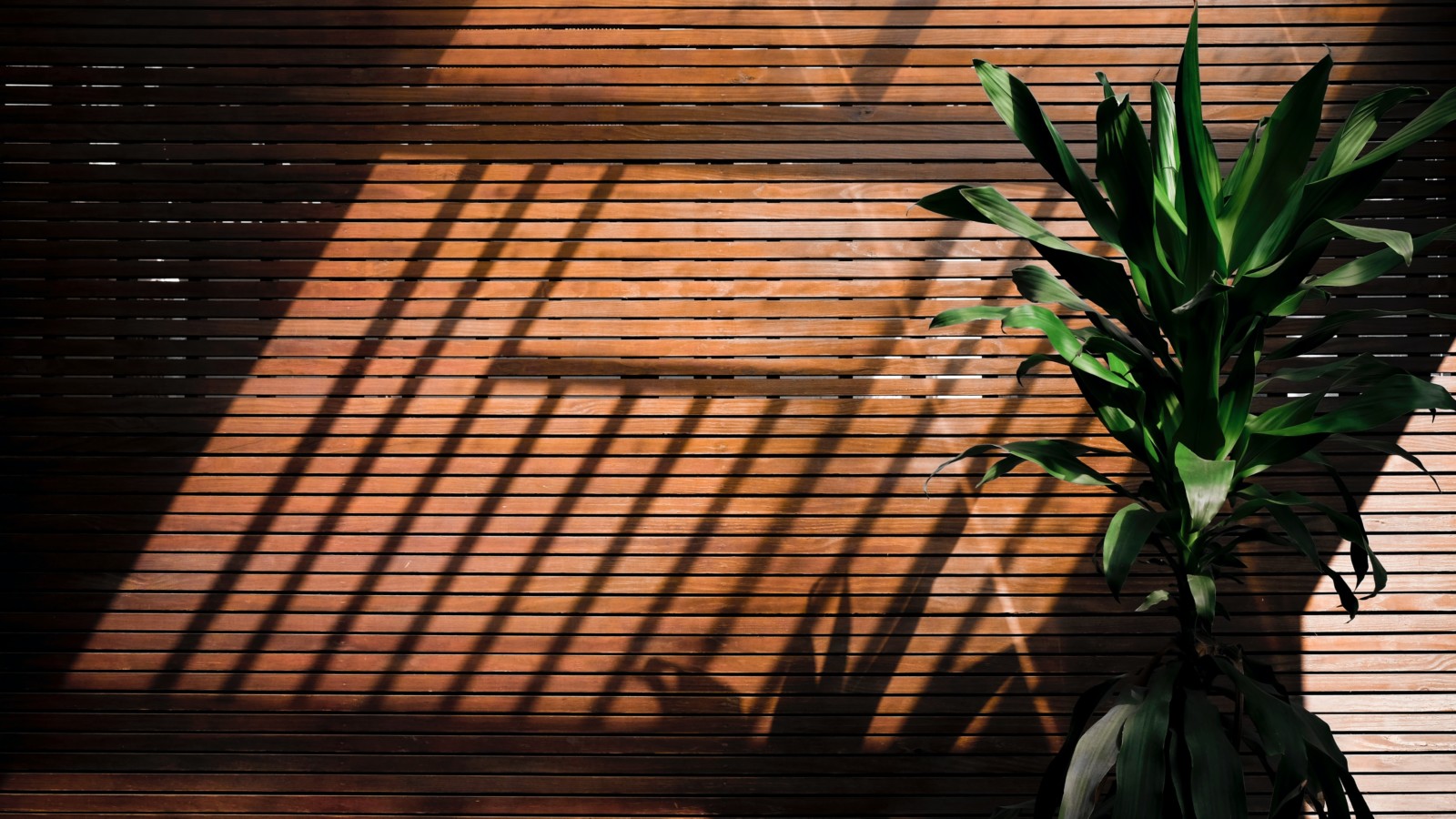A year ago, before you cut your own hair or learned about sourdough starter, we were living in the “before times”. Times when we didn’t know to be thankful for our traffic-filled commute or the smell after a coworker microwaves their leftover fish in the communal kitchen. As we approach a sweeping anniversary – when “unprecedented” times transformed our everyday existence, it’s a good time to reflect on the situation at large, with compassion for our grief, sorrow for those lost, and a deep regard for the ways we have grown.
It almost feels nostalgic remembering back to the innocent early days when we…
- Howled or banged pots and pans together at 7:00pm to celebrate healthcare workers
- Watched Tiger King and stocked up on toilet paper
- Hosted our first virtual game nights with enthusiasm
- Experimented with Zoom backgrounds thinking we were so cool
- Ordered takeout while priding ourselves as small business heroes
Of course, this is the cute pithy stuff that feels so intrinsic to this alternate reality. But these things are also signs of creativity and resilience. On March 13th, 2020 as we set up “home offices” and classrooms for our children, we were functioning under the notion that it would just be a few weeks. And if your March 2021 self told your March 2020 self you would be sitting at home alone for a year, watching countless global events stack up like the dishes that are never done (HOW are there always more dishes?), there’s a chance you might have imploded.
Coping with a stressor that has a known timeline is vastly easier than combatting one that just keeps unfolding. Even something as serious as a broken leg has steps and a recovery process – cast for eight weeks, physical therapy for six, then back to your daily life. But here, we continue to be in limbo. Hopeful news about vaccine distribution one day, followed by setbacks the next. What we have learned is a lot about ourselves, and a jumble of lessons that we likely never thought we would need to learn. Plus, the looming question – what do I do with myself when I’m at home for a year with limited in-person interactions?
While we cannot undermine the importance of grieving the losses – furloughs, layoffs, evictions, and worst – the loss of over 2.5 million loved ones worldwide – we also must remember that after a traumatic event, post-traumatic growth is experienced by 30-70% of individuals, while it’s better known cousin, post-traumatic stress disorder, is only experienced by about 20% of individuals.
So what is post-traumatic growth? It is the growth experienced as a result of a life crisis and/or traumatic event – and yes, regardless of how impacted you have been by the current global pandemic, this is a qualifying event. Post-traumatic growth can provide us new perspectives (yes, we can work remotely), deepen relationships (I never knew that I could grow so close to my nuclear family in a year), increase our sense of resilience (if I can make it through X, I can do anything), and/or renewed sense of spirituality or faith. To be clear, post-traumatic growth does not mean that there is not suffering, that life is not difficult and even miserable at times, it simply highlights that there are two sides to the coin.
Anniversaries are a time to reflect, and in doing so, it’s essential to reflect on all aspects of a situation, especially one as significant as a global pandemic. Let’s not just reminisce about the things we did to cope in those early weeks, let’s harness and build upon them. As a species we have incredibly resilient ancestors, and the current times have brought out these aspects in our present day selves. We must continue to embrace this resilience and collectively use it to continue to move us forward into our “new normal” post these “unprecedented times.”
Oh, and wear your mask.
Co-authored by Nathaan Demers, Psy.D. and Paige Beaufort, YOU at College.


